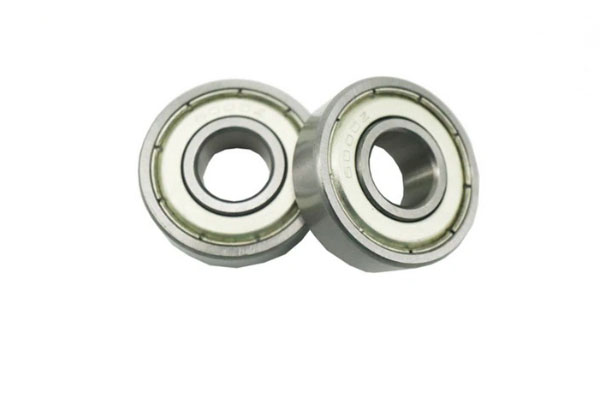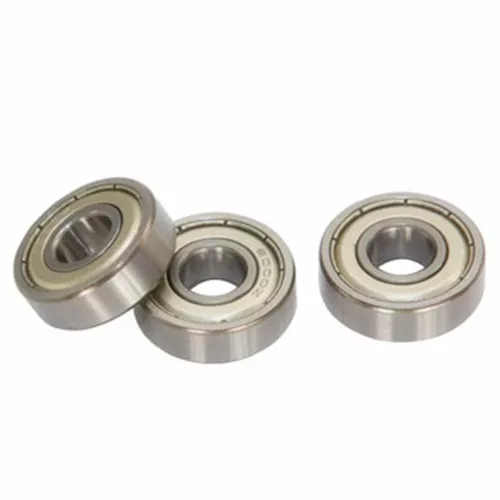Newsroom
6000Z Deep Groove Ball Bearings: Precision Design, Outstanding Performance
2024-12-27In modern industrial production, deep groove ball bearings, as one of the core components, are widely used in various mechanical devices. Their performance directly affects the efficiency and service life of the equipment. Among the many bearing models, the 6000Z deep groove ball bearing stands out with its unique design and exceptional performance, making it the preferred solution for various precision machinery and equipment.

1.Design Features of the 6000Z Deep Groove Ball Bearing
The 6000Z bearing belongs to the deep groove ball bearing series and offers advantages such as high speed, low friction, and low noise. The "Z" designation refers to its dust seal design, which effectively prevents dust, debris, and other external contaminants from entering the bearing, ensuring long-term stable operation.
2.Sealed Dust Protection Design
The dust seal of the 6000Z deep groove ball bearing is made of metal material, which effectively prevents external contaminants from entering. Compared to traditional open bearings, the sealed design of the 6000Z deep groove ball bearing allows it to function in more complex and harsh environments, significantly extending the bearing’s service life.

3.High Precision Manufacturing
In the production of the 6000Z deep groove ball bearing, QIBR uses precision machining techniques to enhance the bearing’s accuracy. This results in reduced vibration and noise during operation. Additionally, the fit between the inner and outer races and the rolling elements has been further optimized, ensuring smooth operation and high-efficiency performance of the bearing.
4.Low Friction Design
The internal structure of the 6000Z deep groove ball bearinghas been optimized to minimize the friction coefficient, reducing friction during high-speed operation. This lowers energy consumption and enhances the working efficiency of the equipment. Even during prolonged operation, the bearing maintains a lower operating temperature, reducing the impact of thermal expansion on the equipment.
For more information, feel free to contact QIBR


